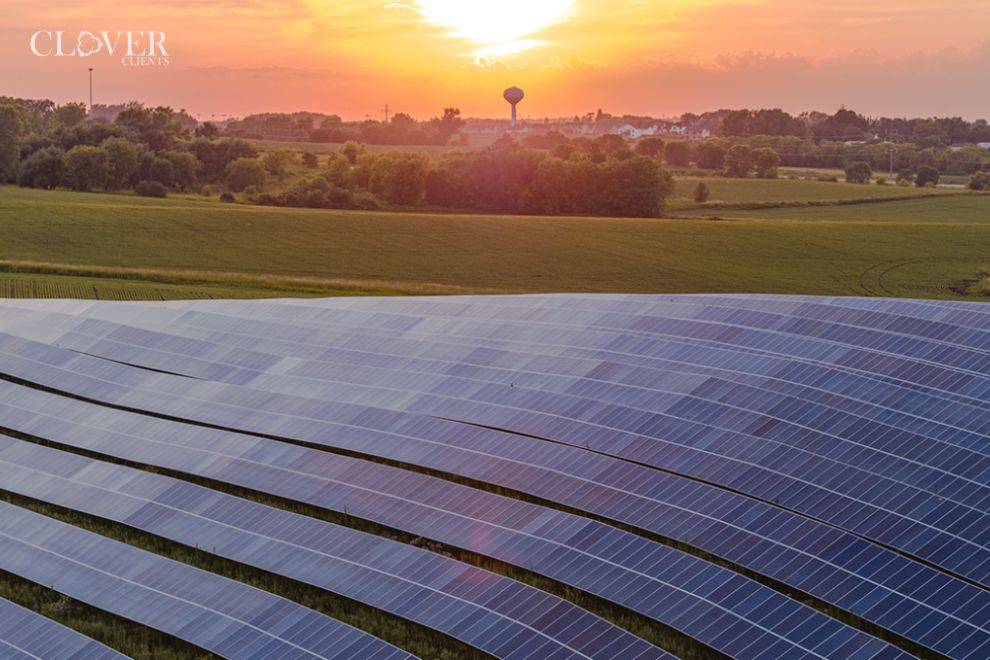As a transformative initiative, former nuclear weapons sites in the United States are being reused to host solar farms. It aims to generate clean energy for thousands of homes. This is part of the “Cleanup to Clean Energy” program by the Department of Energy, which seeks to utilize land previously designated for the development and storage of nuclear weapons for sustainable energy production.
Environmental Impact and Benefits of the Cleanup to Clean Energy Program
The Idaho National Laboratory (INL), is being a key host in this program. It is set to host a 400-megawatt solar farm on 2,800 acres of its land. The project itself is developed in partnership with NorthRenew Energy and Spitfire. Furthermore, it has been decided that they will be contributing significantly to renewable energy goals. Since they are equipped with 300 megawatts dedicated to solar power and an additional 100 megawatts, plus 500 megawatts of battery storage, it’ll help them bolster their energy resilience.
This initiative surely marks a significant shift from the path of avoiding nuclear-based destruction to a future focused on clean energy and environmental rehabilitation. Other potential sites for solar energy development under this program include the Hanford site in Washington, the Waste Isolation Pilot Plant in New Mexico etcetera.
By converting these areas, which were previously utilized for the production and testing of nuclear materials, they can be turned into hubs of renewable energy. The Department of Energy resolves to clean up and repurpose the land while contributing to the nation’s energy independence and environmental goals.
Policy and Regulatory Framework Supporting Cleanup to Clean Energy
According to Energy Secretary Jennifer Granholm, this collaboration portrays a collective effort between the government, community leaders, and the private sector parties. This initiative also elaborates a definite commitment to transforming these historically significant sites into valuable assets for a sustainable future.
“Working closely with community leaders and private sector partners, we’re cleaning up land once used in our nuclear deterrence programs and deploying the clean energy solutions we need to help save the planet and strengthen our energy independence,” said Granholm.
Economic Growth Through Renewable Energy Initiatives
The benefits and environmental gain of this gesture are notable, but the prospect of this activity happens to be beyond this as well. It marks a new perspective in the field of economic growth through job creation in the renewable energy sector and increased investment in local communities.
Reusing the site’s subjects to a pathway that subsequently works on global awareness. Things such as reducing carbon emissions, and combating climate change can also be taken into account. This in turn transitions into a more sustainable energy infrastructure.
By paving the way for innovative land use and energy production, the “Cleanup to Clean Energy” program exemplifies how past legacies can be reshaped to meet future needs. It further ensures that the areas once associated with potential destruction are now contributing to the preservation and enhancement of our planet.













